

fetching latest news
News tagged in:

Oil prices rose on Tuesday for a second day on increasing concerns about tightening European supply after Russia, a key oil and natural gas supplier to the region, cut gas supply through a major pipeline. Brent crude futures for September settlement rose $1.66, or 1.6%, to $106.81 a barrel by 0618 GMT, extending a 1.9% gain in the previous day. U.S. West Texas Intermediate (WTI) crude futures for September delivery increased $1.47, or 1.5%, to $98.17 a barrel, having gained 2.1% on Monday. Russia tightened its gas squeeze on Europe on Monday as Gazprom (GAZP.MM) said supplies through the Nord Stream 1 pipeline to Germany would drop to just 20% of capacity. read more Russia's cut in supplies will leave countries unable to meet its goals to refill natural gas storage ahead of the winter demand period. Germany, Europe's biggest economy, faces potentially rationing gas to industry to keep its citizens warm during the winter months.

Oil prices fell around $1 on Monday in volatile trade, reversing some gains from the previous session, as worries about a recession and China's COVID-19 curbs hitting demand outweighed ongoing concerns about tight supply. Brent crude futures fell 82 cents, or 0.8%, to $106.20 at 0314 GMT, after climbing 2.3% on Friday. U.S. WTI crude futures declined by $1.04, or 1%, to $103.75, paring a 2% gain from Friday.
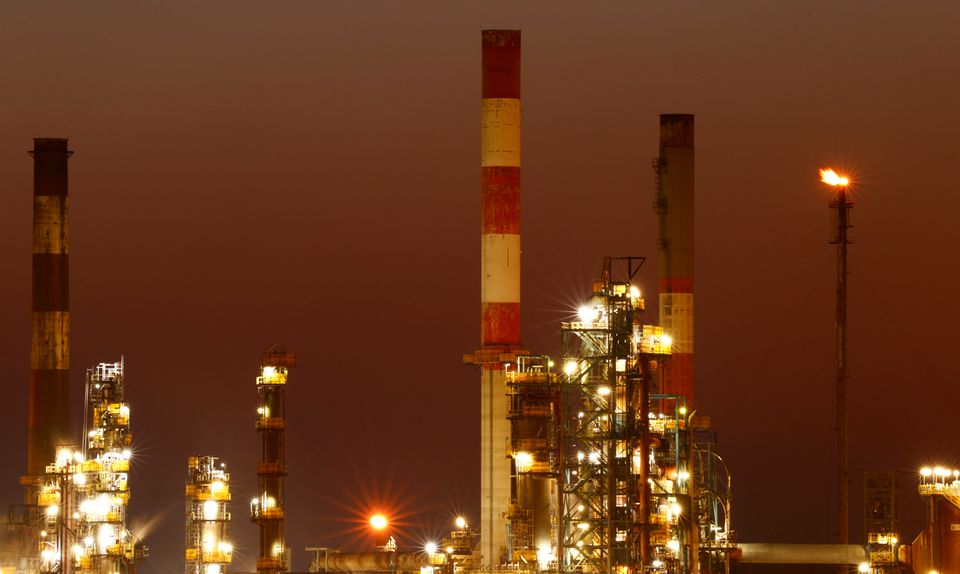
Oil rose on Monday as supply concerns driven by lower OPEC output, unrest in Libya, and sanctions against Russia outweighed fears of a demand-sapping global recession. Eurozone inflation hit yet another record high in June, strengthening the case for rapid European Central Bank rate increases, while U.S. consumer sentiment hit a record low. Brent crude rose $2.26, or 2%, to $113.89 a barrel by 12:47 p.m. ET (1648 GMT) after falling more than $1 in early trade. U.S. West Texas Intermediate (WTI) crude rose $2.20, or 2%, to $110.63, in thin volume during the U.S. Independence Day holiday.

Investing.com – Oil was down on Friday morning in Asia and was set for a weekly loss of 3% after consuming countries agreed to release a total of 240 million barrels of oil from emergency stocks.

Brent crude futures fell $1.82, or 1.6%, to $110.85 a barrel by 6:47 p.m. ET (2247 GMT). WTI crude futures fell $2.41, or 2.2%, to $106.92 a barrel.

Brent crude fell 11, or 0.3 per cent, to $91.80 a barrel at 1:05 p.m. EDT (1805 GMT), after hitting $99.50 on Tuesday, the highest since September 2014

ATF price was hiked by Rs 6,743.25 per kilolitre or 8.5 per cent to Rs 86,038.16 per kl in the national capital, according to a price notification of state-owned fuel retailers
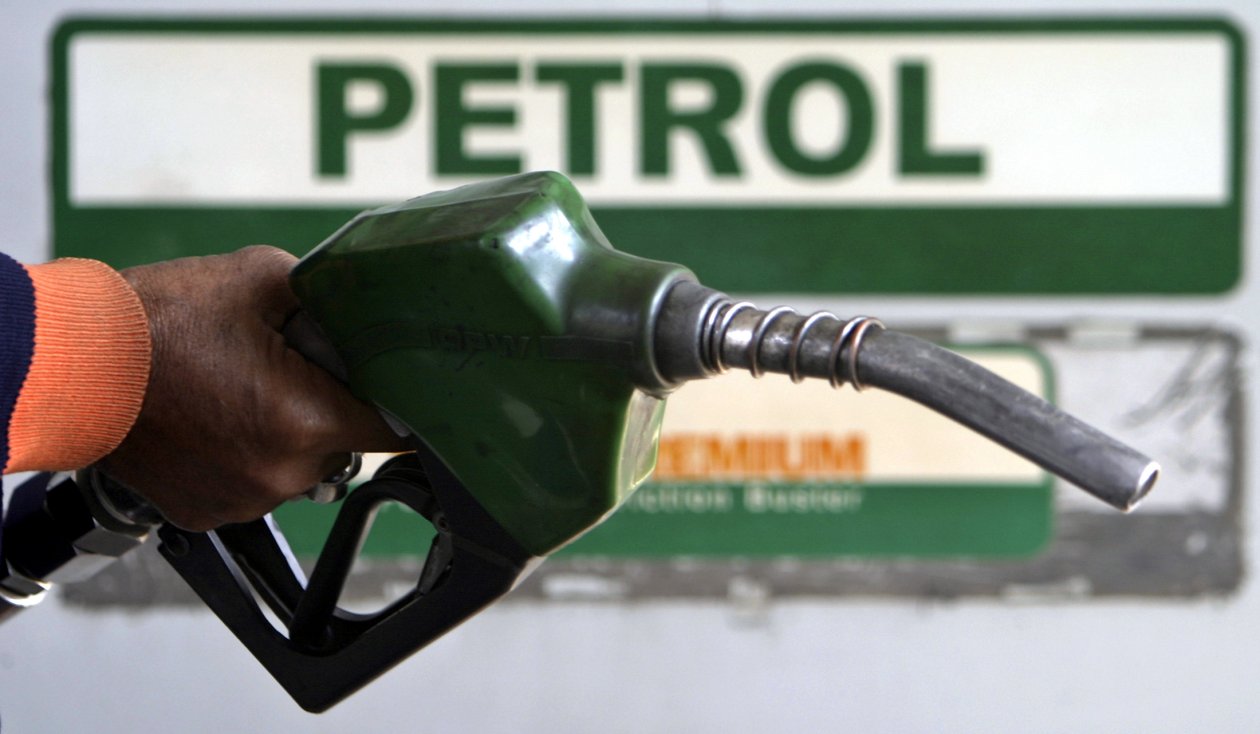
Serious outbreaks of the coronavirus are tied to lockdowns and decreases in travel while recovery from the pandemic is tied to increased use of cars and airplanes. As a reuslt, the positive news resulted in a spike in oil prices. Futures of West Texas Intermediate, the benchmark for American oil, increased by 2.4 percent on Monday, exceeding $75 per barrel. Despite the positive developments, there are signs that the Omicron variant will remain a serious concern. Infections from the variant are already higher than they were at the height of the “delta variant” wave earlier in the year. Meanwhile, China, which responded to the pandemic in a manner that was widely lauded at the outset and has kept case rates remarkably low, tallied the highest number of coronavirus cases since January.
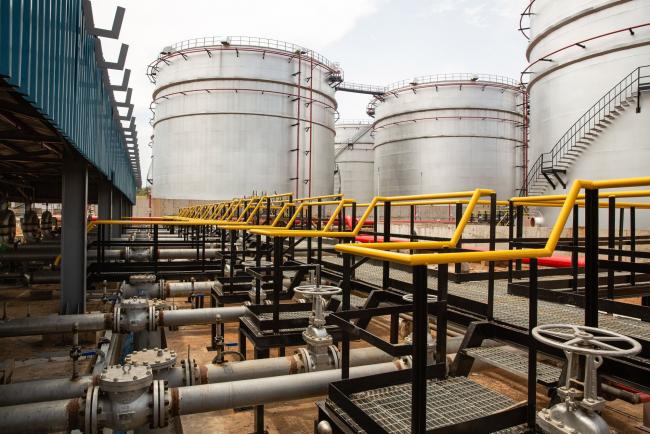
(Bloomberg) -- Oil settled at the highest level in nearly a month after U.S. crude stockpiles decreased and economic data pushed equities higher. West Texas Intermediate futures rose 2.3%, closing above $72 for the first time in two weeks. Prices got a boost after the Energy Information Administration reported crude inventories declined 4.72 million barrels last week. Meanwhile, rising home sales and consumer confidence signaled economic strength, blunting worries about omicron’s impact. “The report was modestly bullish, due to the large crude oil inventory drawdown,” said John Kilduff, a partner at Again Capital LLC. Though he cautioned crude oil inventories typically decline this time of year for tax avoidance purposes.
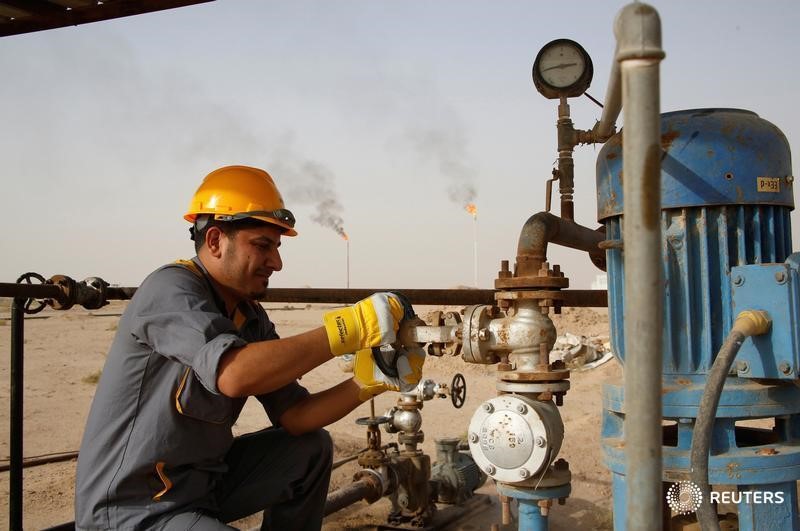
Investing.com – Oil was up Monday morning in Asia, extending recent gains as fears over the omicron COVID-19 variant’s impact on the economic recovery and fuel demand continue to ease. Brent oil futures rose 1.52% to $76.29 by 10:26 PM ET (3:26 AM GMT) and WTI futures jumped 1.59% to $72.81. Both Brent and WTI futures gained around 8% last week, the first weekly gain in seven. "Market sentiment has improved as the threat of the omicron variant has receded. WTI futures will probably test its recent high of $73.34 and then try to rise towards $78, the level before the Omicron fears led to a sharp sell-off in late November," Fujitomi Securities Co Ltd. analyst Toshitaka Tazawa told Reuters.
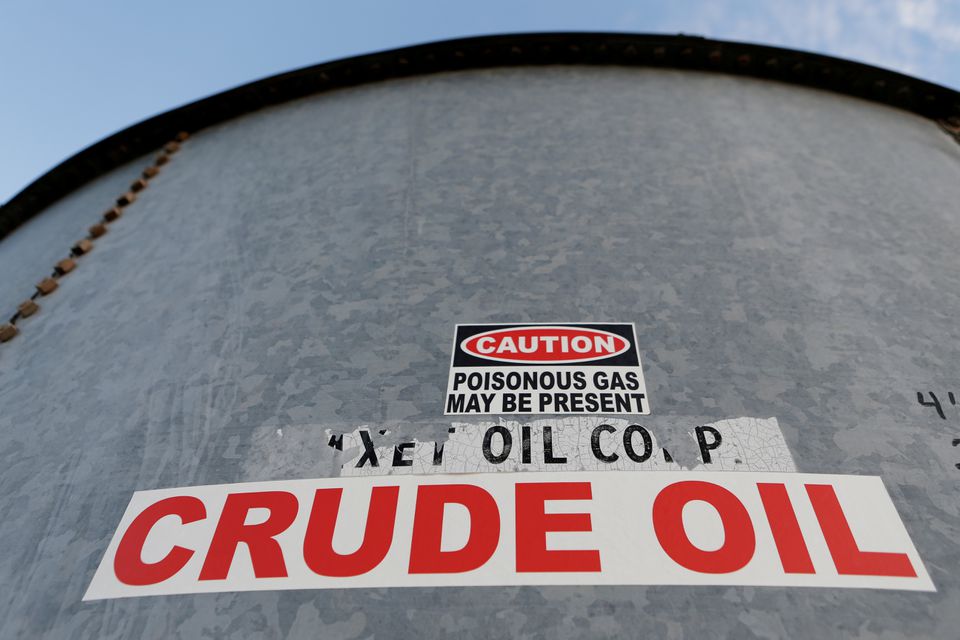
TOKYO, Nov 29 (Reuters) - Oil prices rebounded on Monday as investors looked for bargains after Friday's slump and on speculation that OPEC+ may pause an output increase in response to the spread of Omicron, but the mood remained cautious with little known about the new variant.
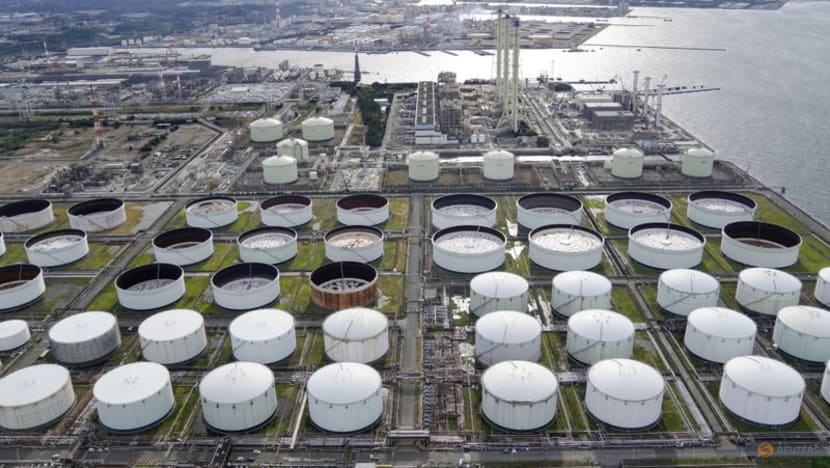
MELBOURNE :Oil prices fell on Tuesday, reversing gains in the previous session, on growing talk the United States, Japan and India will release crude reserves to tame prices despite the threat of demand faltering as COVID-19 cases flare up in Europe. The United States is expected to announce a loan of crude oil from its emergency stockpile on Tuesday as part of a plan it hashed out with major Asian energy consumers to lower energy prices, a Biden administration source familiar with the situation said.

Brent oil topped $70 a barrel with optimism building about the demand outlook in key regions such as the U.S., and on signs that a glut built up last year has been whittled away. The global benchmark added as much as 1.1% reaching its highest since March 8, while U.S. crude futures briefly topped $67 a barrel. The global benchmark hasn't had a sustained period above $70 since 2019.

Coronavirus cases continue to rise in the United States and Europe. Oil prices added to the losses of the previous session on Tuesday. WTI slipped by 0.4%, to $45.58 a barrel. Brent fell by 0.5%, to $48.55 a barrel. ANZ Research said, "For the moment, the market is happy to look past these issues as the vaccine rollout begins; however the economic headwinds are building in the short term".
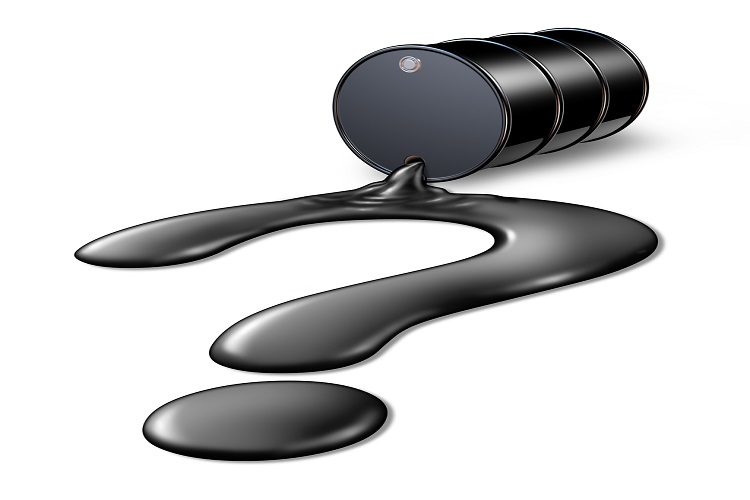
Hurricane Delta and the Norwegian Crisis lead to a 1% fall in the oil price. The Brent crude fell 41 cents to $42.44 a barrel and WTI was down by 42 cents to $40.18. Libya’s’ increased production & US elections are expected to disrupt the market more. Amidst this, hope came from OPEC+, as they agreed to reduce oil output by 7.7 million BPD in order to rebalance the market.

Oil prices jumped in the international market on Tuesday, buoyed up by the steps taken by U.S. Federal Reserve to boost the economy. Brent crude climbed up 5.1%, to $28.41 a barrel. US WTI crude rose 6.6%, to $24.90 barrel. The expected stimulus bolstered the U.S. dollar lower against other currencies. Oil prices and other dollar-denominated commodities will find support from a weaker dollar.

Oil extends gains from the previous session following the attacks on two oil tankers in the Gulf of Oman. This incident has stirred up the concerns of reduced crude flows through one of the world’s key shipping routes. Brent crude increased by 0.8% and was traded at $61.81 a barrel. WTI rose by 0.4% and was traded at $52.49 a barrel.

Oil prices extended further decline on Wednesday due to unexpected gain in US inventories. The prices were also dragged down because of the questions thrown at OPEC on supply cut by Russian state oil producer Rosneft. Brent went down by 0.7% and was traded at $61.55 a barrel. WTI decreased by 0.9% and was traded at $53 a barrel.